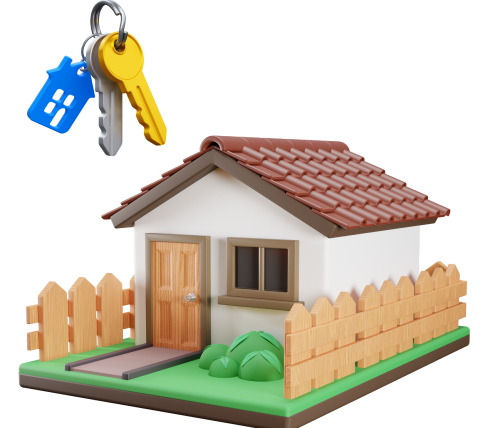Ohio's Housing Demand Is High, But Supply Is Low
On June 5, the Northwest Ohio Board of Realtors gave an interview about the inventory of homes and how the market is performing. It also released some projections about its expectations for the summer. In northwest Ohio, like nearly all of the rest of the state, the demand for single-family homes is much higher than the available supply. Despite the COVID-19 pandemic, this has been the case for nearly 18 months. Read on to learn about the reasons for the high demand, why supply is still low and how these issues are affecting prices, home buyers, home sellers and real estate agents.
Low Inventory of Homes for Sale
In northwest Ohio, only 654 single-family homes were listed for sale as of June 3. In comparison, the area has 1,800 real estate agents and 1,900 affiliated real estate agencies. Joan Rauh, the president of the Northwest Ohio Board of Realtors, said that this is the most unusual housing market she has ever seen in her career.
Effects of the Low Housing Supply on Real Estate Agents and Agencies
Real estate agents and agencies have to compete for the same low inventory. Some homeowners choose the for sale by owner route. Real estate agents have to convince those homeowners to choose them to market their homes, but in a seller's market, that's not an easy thing to do. Sellers know they can avoid agent and agency fees by doing it on their own. In a buyer's market, sellers need the marketing services of an experienced agent. In a seller's market, that's not necessarily the case. Real estate agents have had to cut their fees and offer extra services to buyers and sellers in order to get contracts.
How the Low Housing Supply Affects Home Buyers
Houses that are on the market are getting as many as 20 offers above the asking price in northwest Ohio. The competition between buyers is pricing a lot of people out of the market. When people get priced out of the market, they miss out on the opportunity to build equity. Home ownership is one of the clearest indicators and positive signs for building wealth in the United States.
The low housing supply means that a lot of buyers have to sacrifice some of what they want or need in a home. If the size of the home is non-negotiable, buyers may have to skip inspections or requests for remedies. They may also have to write a letter stating why they're the right buyers. Getting pre-qualified for a mortgage is a must. Buyers who can pay cash or offer much more than the asking price have an edge. Buyers who offer incentives to the sellers, such as paying the closing costs, also have an edge. This puts buyers who already have wealth at a distinct advantage compared to younger home buyers who are just able to save for a down payment.
Risks of the Low Housing Supply
When buyers get into a bidding war, some negative effects can happen. Appraisal gaps are one major concern. If a person has bid $500,000 on a house, but the appraisal only comes in at $400,000, they will only be able to get a mortgage for the appraisal amount. They would have to come up with the difference on their own. That might be in the form of a HELOC, a personal loan or a second mortgage, which can be costly. Those extra financing options aren't tax deductible, and they can lead to poor cash flow after the purchase of the home. Another risk is the time that it can take for a buyer to complete a transaction. One agent noted that she took a couple to no fewer than 65 homes before they finally had an offer accepted. The couple kept getting outbid or outdone by the other buyers.
Effects of the High Demand on Sellers
Sellers are getting stressed when 20 or more buyers make an offer on their home. Deciding whose offer to accept can be difficult. Sellers may also have a difficult time lining up their next residence. On the flip side, there has never been a better time to sell a home. Homes in mediocre condition, in less-than-ideal locations and those that lack the latest bells and whistles are much more likely to sell now than they would have been just a few years ago.









